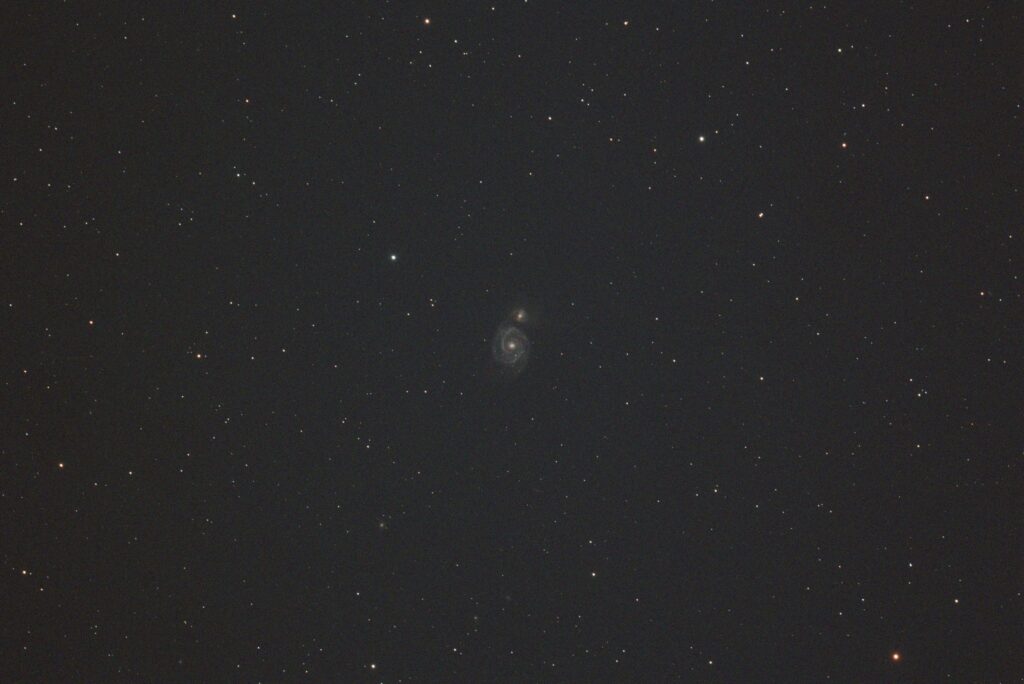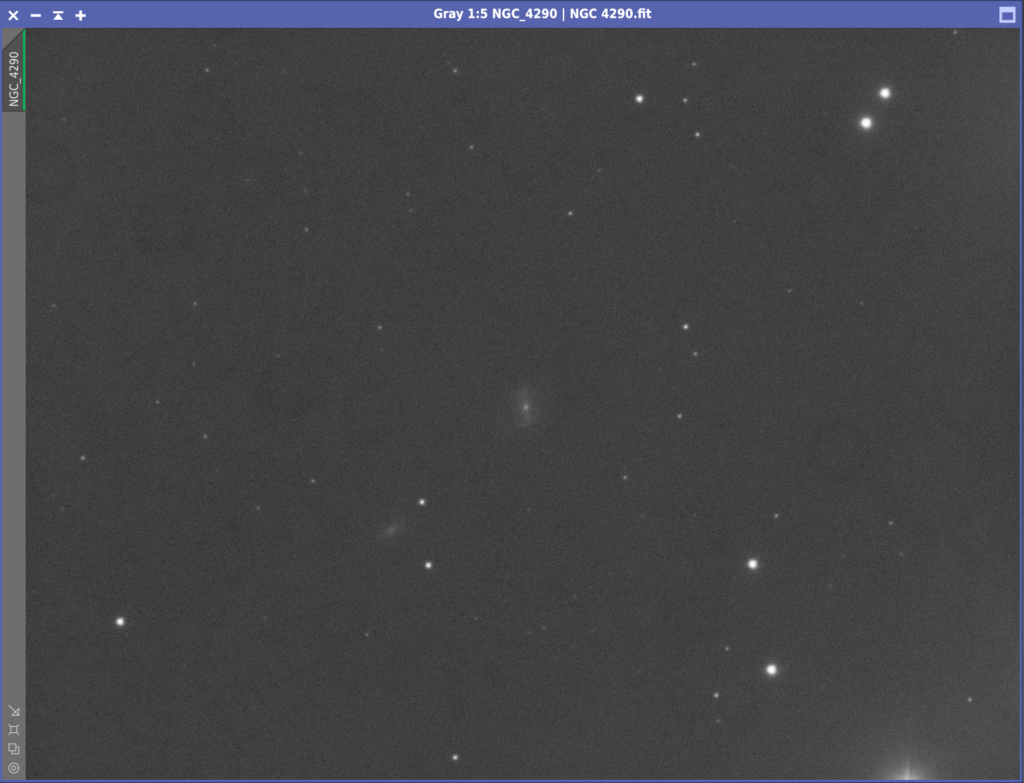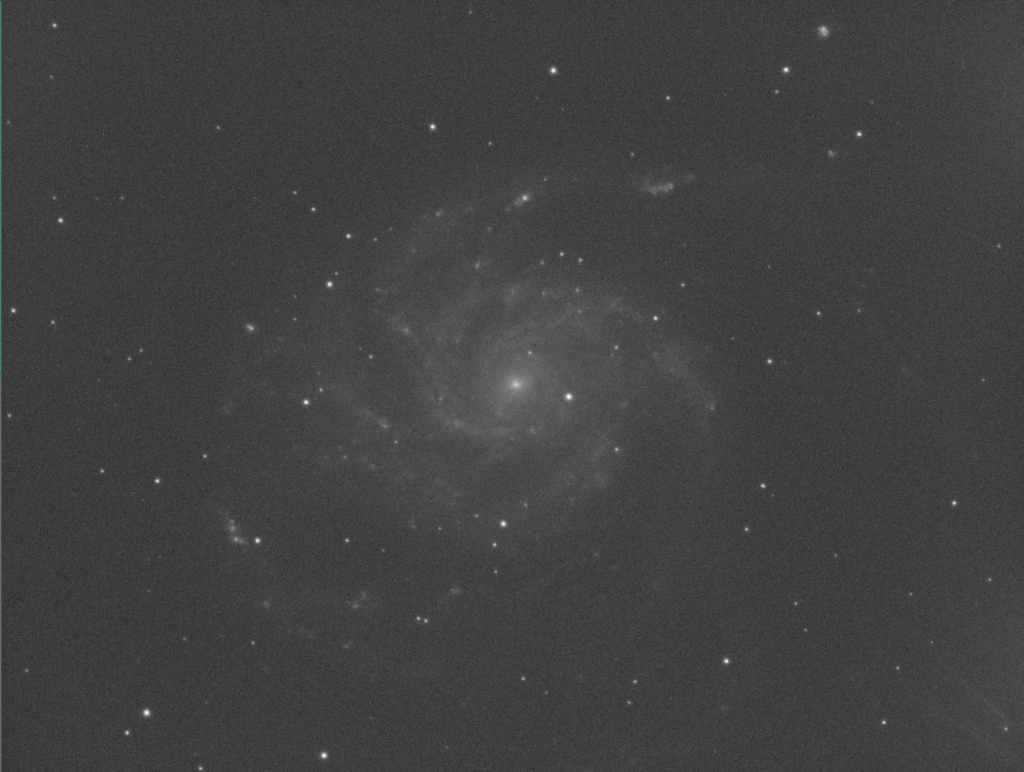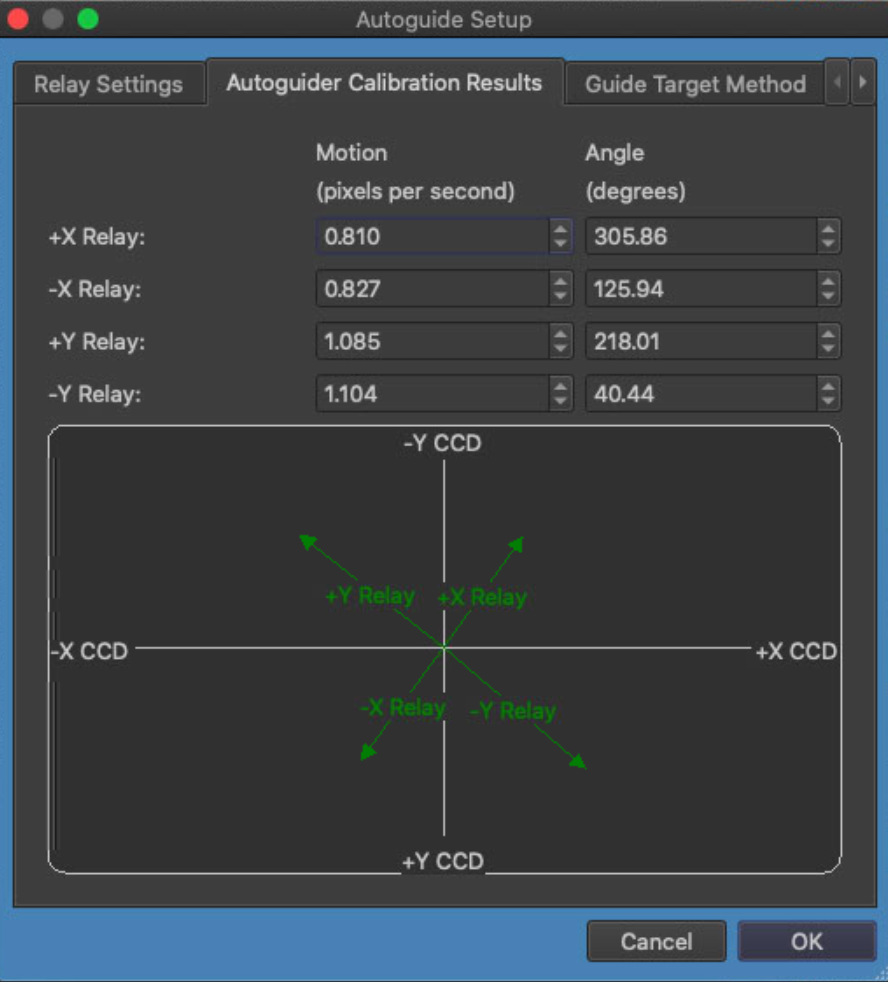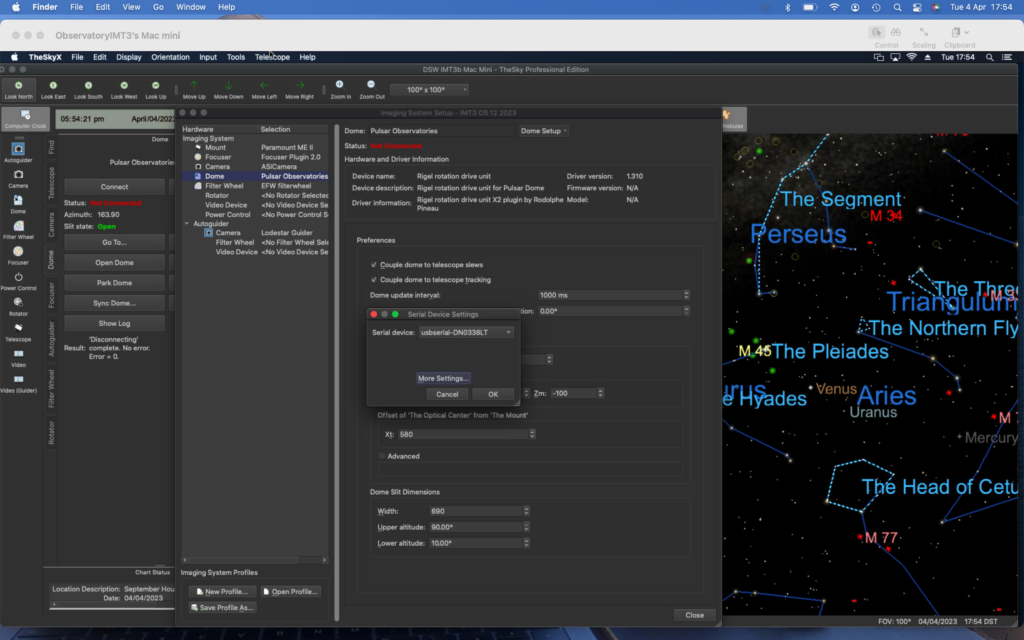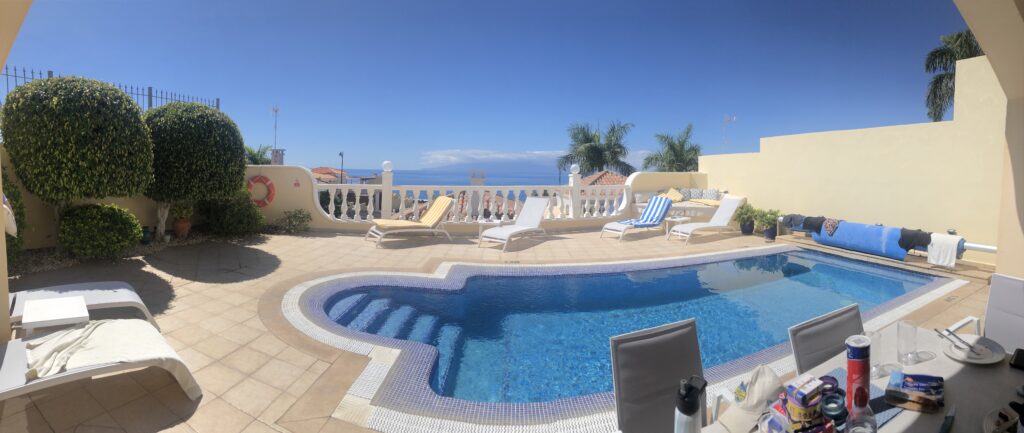22:00 – 02:46

A clear night again. With 3 weeks to go to another Tenerife holiday and only 3 hours of nautical darkness in the UK, I decided to galaxy hop tonight. First up NGC 3953 in Ursa Major.

Next up NGC 4088 also in Ursa Major.

So it’s still lightish and therefore the background is still up around 2400 ADU. However still managing to image. Here is NGC 3631 in Ursa Major.

Now onto NGC 3631 again staying in Ursa Major.

I did have more problems with noise on the guide camera this evening so I need to take a look at the power supply line for it. Meanwhile I loose the odd 5min sub as it jumps 5-7 pixels. NGC 3726 follows in Ura Major.

Now I’ve moved to NGC 3675.

Going to stay in Ursa Major of the time being.

So here is NGC 4051

Last one for Ursa Major as it is now 1am and setting

Now I’m in Canes Venatici. Here is NGC 4151

Wow and then there was NGC 4244 which looks like a great thin galaxy worthy of further imaging.

And then I found this lovely irregular galaxy NGC 4214 which is very similar looking to the irregular interacting galaxy NGC 4449 the other night.

Then I tried another spiral galaxy NGC 4395 which was really faint and the background is getting very bright now as I approach 2am.

So after an unsuccessful attempt at Aperture photometry on T Coronae Borealis aka “The Blaze Star” I have now closed the dome and am heading off to be as the light continues to increase on these short nights,


